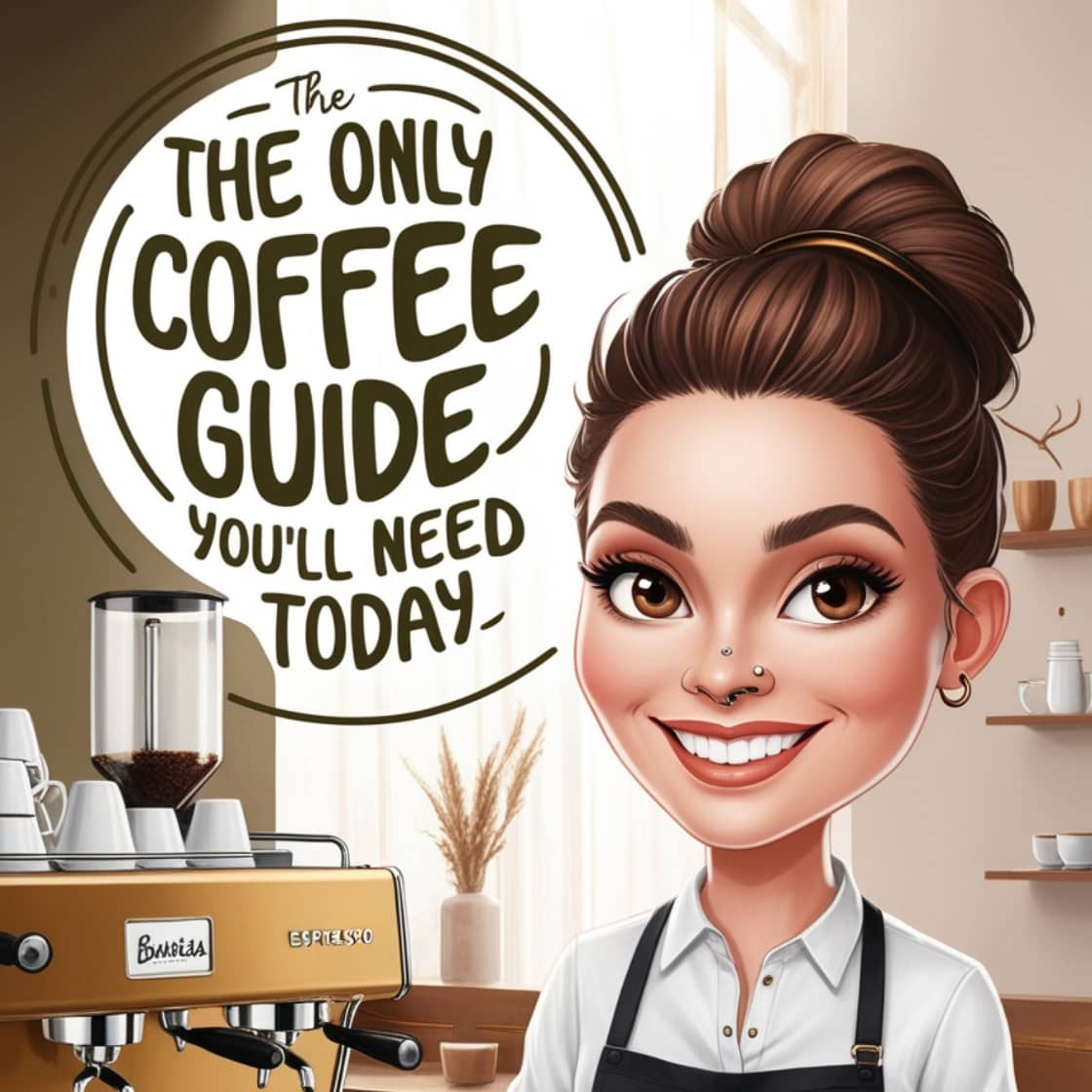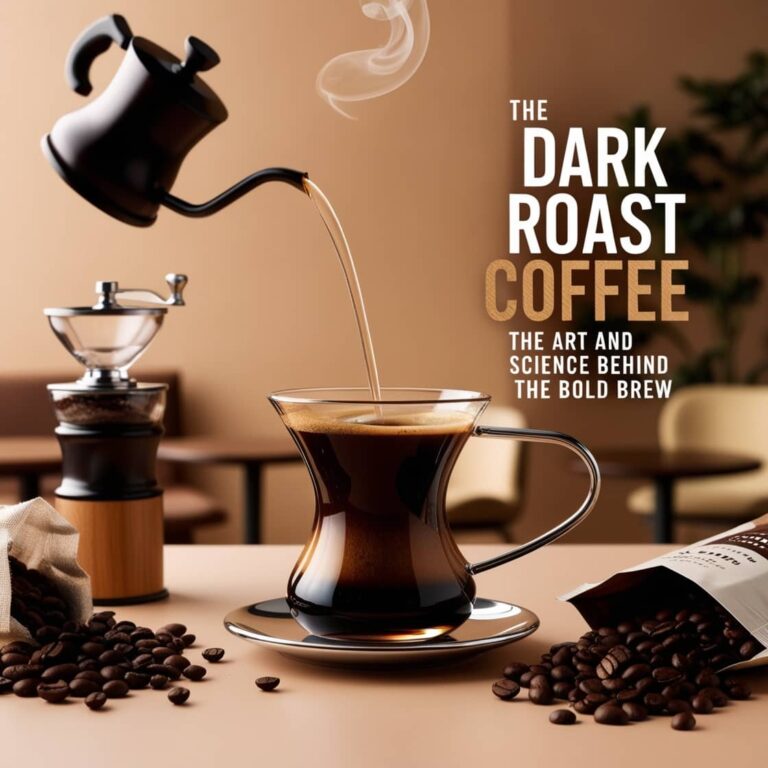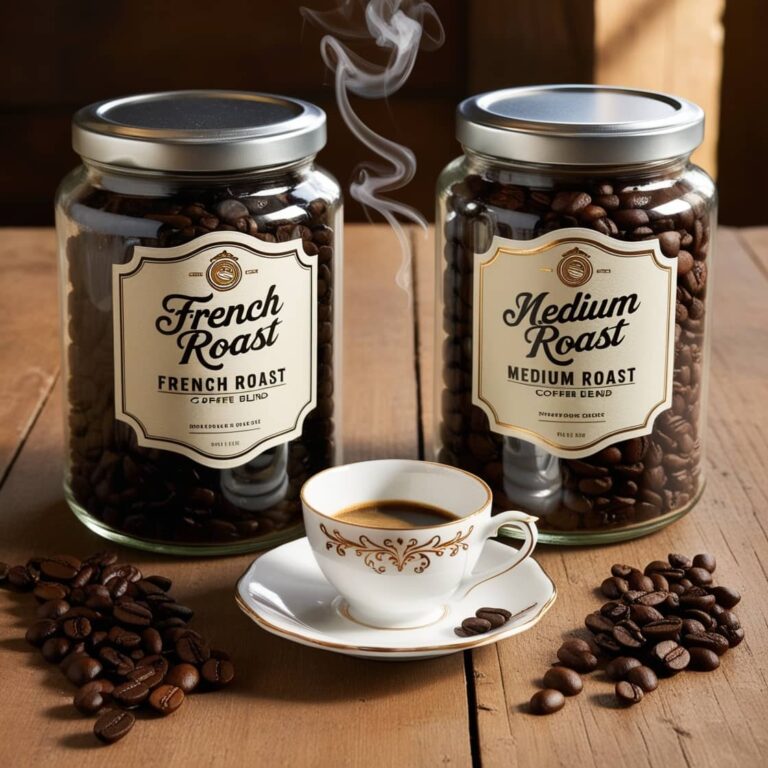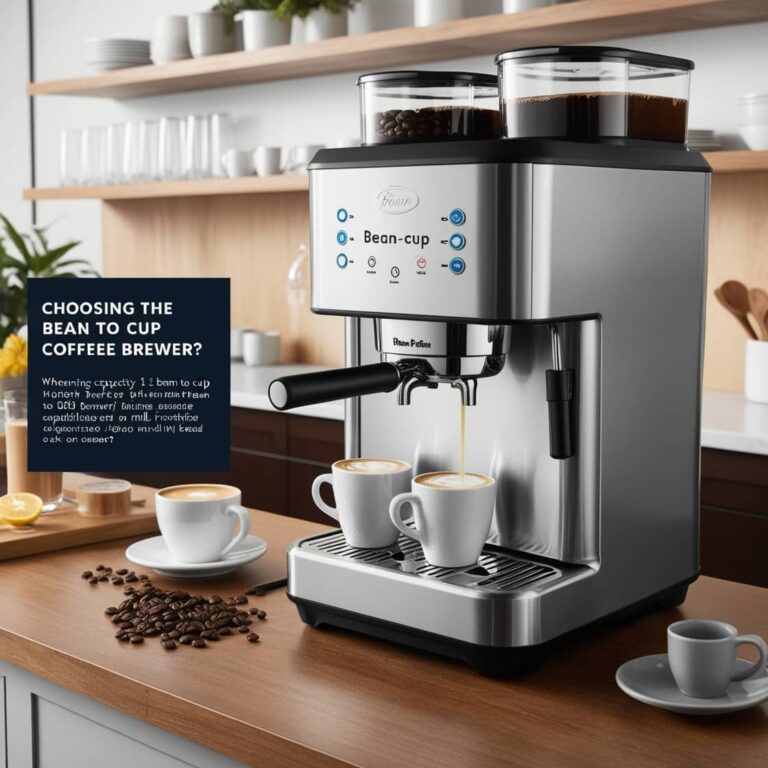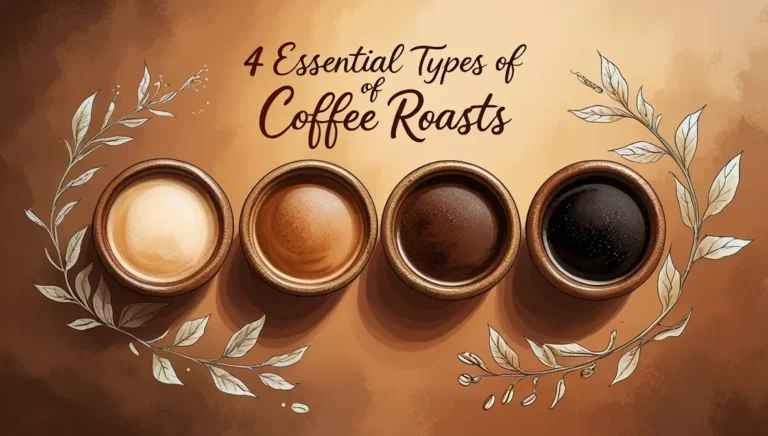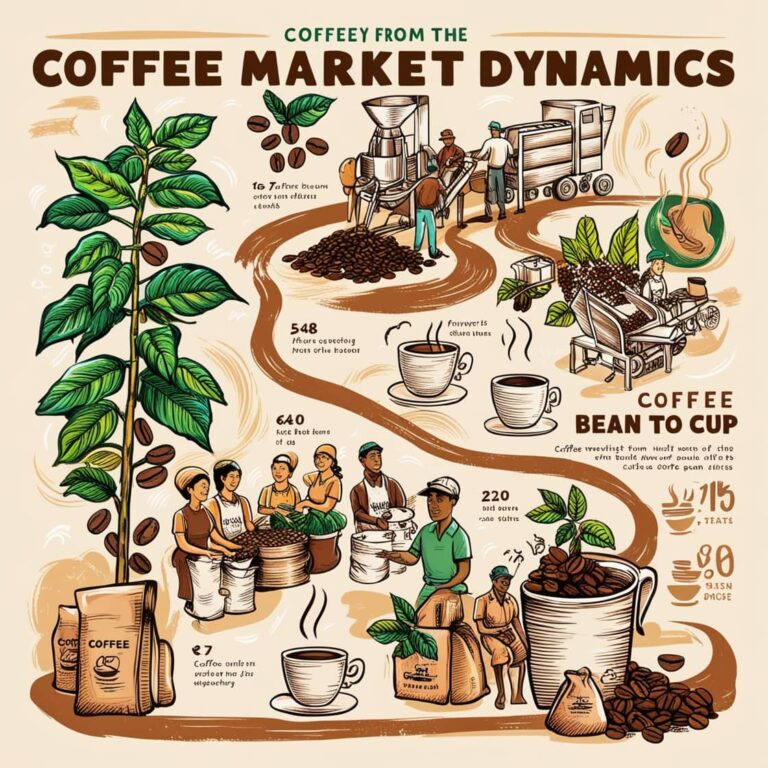The Only Coffee Guide You’ll Need Today 2025

For many of us, coffee is an essential part of the daily routine – a warm, comforting ritual that kickstarts our mornings and keeps us fueled through the day. But beyond its ubiquity, coffee is a complex and fascinating beverage with a rich history, diverse flavors, and an intricate process of cultivation and preparation.
Whether you’re a casual coffee drinker or a true enthusiast, this comprehensive Coffee Guide will equip you with the knowledge and skills to elevate your coffee experience. We’ll delve into the fundamentals of coffee, exploring its origins, varieties, and the art of brewing the perfect cup. With in-depth brew guides and tips from seasoned baristas, you’ll be empowered to experiment, develop your palate, and become a true coffee connoisseur.
So, let’s dive in and unlock the secrets of the coffee world, one sip at a time.
Understanding Coffee: From Seed to Sip
The Coffee Bean: A Global Journey
The coffee bean’s origins can be traced back to the highlands of Ethiopia, where the Coffea arabica plant is believed to have first been cultivated. From there, the humble coffee bean has embarked on a global journey, spreading to various regions and evolving into a multitude of distinct varieties.
Today, the world’s major coffee-producing countries include Brazil, Vietnam, Colombia, Indonesia, and Ethiopia, each with its own unique terroir and flavor profiles. These geographic differences, combined with various processing methods, give rise to the incredible diversity of coffee we enjoy today.
Arabica vs. Robusta: The Yin and Yang of Coffee
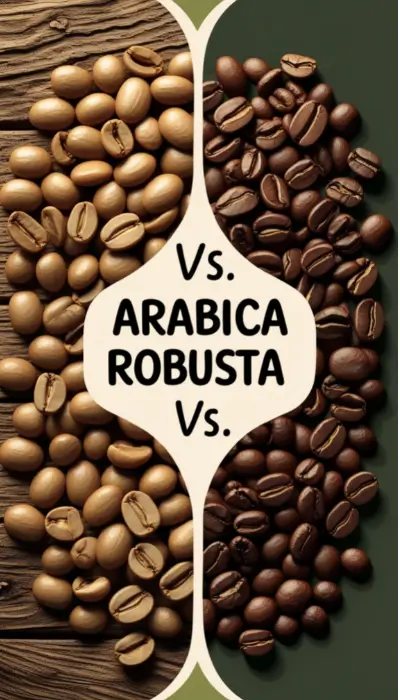
When it comes to coffee beans, there are two primary species that dominate the market: Arabica and Robusta. Understanding the key differences between these two varieties is crucial for developing your coffee expertise.
Arabica beans are generally considered the superior choice, prized for their complex, nuanced flavors, and lower caffeine content. These beans thrive in high-altitude, tropical regions and are typically more expensive than their Robusta counterparts.
Robusta beans, on the other hand, are known for their higher caffeine levels, more pronounced bitterness, and greater resistance to pests and diseases. While often used in cheaper, mass-produced blends, Robusta beans can also be roasted and brewed to produce a bold, distinctive cup of coffee.
The Art of Roasting: Unlocking Flavor Profiles
The roasting process is where the magic happens, transforming the raw coffee beans into the aromatic, flavorful elixir we know and love. During this crucial step, the beans are exposed to high heat, which triggers a series of chemical reactions that dramatically alter their appearance, aroma, and taste.
Lighter roasts, such as the ubiquitous “city” or “medium” roasts, tend to showcase the bean’s inherent characteristics, with nuanced flavors and a brighter acidity. Darker roasts, on the other hand, produce a more intense, smoky, and bittersweet profile, often with notes of caramel or chocolate.
Mastering the art of roasting requires a keen understanding of time, temperature, and the subtle nuances that can make or break a perfect cup of coffee. Skilled roasters carefully monitor and adjust these variables to coax out the best possible flavors from each batch of beans.
The Brew Guides: Crafting the Perfect Cup
Drip Coffee: The Trusty Companion

The humble drip coffee maker is a staple in many households, offering a reliable and convenient way to brew a consistent cup of coffee. While it may not have the theatrical flair of some other brewing methods, mastering the drip brew can yield exceptional results.
The key to a great drip brew lies in the details: using the right grind size, water temperature, and coffee-to-water ratio. Experiment with these variables to find the perfect balance that suits your taste preferences.
French Press: The Robust Sipper
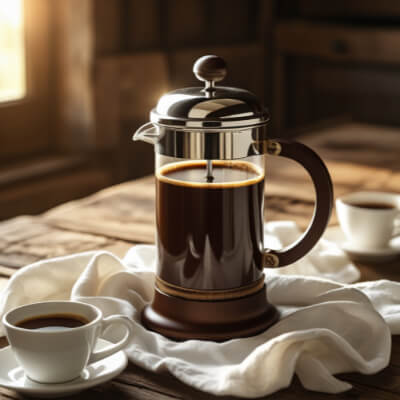
The French press, also known as a cafetière, is a classic brewing method that produces a full-bodied, robust cup of coffee. By immersing the ground beans in hot water and then pressing them down, the French press allows for a longer extraction time, resulting in a more intense flavor profile.
To brew the perfect French press, use a coarse grind size, ensure the water temperature is between 195°F and 205°F, and experiment with different coffee-to-water ratios to find your ideal strength.
Pour-Over: The Artisanal Approach

The pour-over brewing method has gained immense popularity in recent years, thanks to its ability to produce a clean, highly nuanced cup of coffee. By slowly pouring hot water over the ground beans, this manual technique allows for precise control over the extraction process.
Mastering the pour-over requires a steady hand, patience, and an understanding of water flow, grind size, and water temperature. Invest in a quality pour-over setup, such as a Chemex or a V60, and experiment with different techniques to unlock the full potential of your beans.
Cold Brew: The Smooth Refresher
For those who prefer a chilled, low-acidity coffee experience, the cold brew method is a game-changer. By steeping the ground beans in cold or room-temperature water for an extended period (usually 12 to 24 hours), the cold brew process extracts a smooth, naturally sweet concentrate that can be diluted with water or milk.
The key to a successful cold brew lies in the grind size, the coffee-to-water ratio, and the steeping time. Experiment with these variables to find your perfect cold brew recipe.
Espresso: The Concentrated Delight
Espresso is the foundation of many beloved coffee drinks, from the classic cappuccino to the indulgent latte. Brewing espresso requires a specialized machine that forces hot water through a densely packed bed of finely ground coffee, resulting in a thick, concentrated liquid with a rich, creamy texture.
Mastering the art of espresso brewing involves dialing in the right grind size, tamping pressure, water temperature, and extraction time. It’s a delicate balance that requires patience and practice to achieve that elusive, perfectly extracted shot.
Coffee Guide: Elevating Your Coffee Experience
Cultivating Your Palate
One of the most rewarding aspects of being a coffee enthusiast is the opportunity to explore and develop your palate. Just as wine connoisseurs learn to identify subtle nuances in their favorite vintages, coffee drinkers can train their senses to discern the complex flavors and aromas that each cup has to offer.
Start by paying close attention to the various tasting notes you encounter, such as fruity, nutty, or floral undertones. Experiment with different origins, roast levels, and brewing methods to broaden your palate and discover new flavor profiles that delight your senses.
Mastering Latte Art

Latte art is the captivating practice of creating intricate designs on the surface of a perfectly steamed and poured milk-based coffee drink. While it may seem like a purely aesthetic pursuit, the ability to craft beautiful latte art is a testament to a barista’s skill and attention to detail.
Mastering latte art requires a deep understanding of milk steaming and pouring techniques, as well as a steady hand and an artistic flair. With consistent practice and a keen eye for detail, you can elevate your home coffee experience by learning to pour stunning latte art creations.
Experimenting with Brewing Methods
One of the joys of being a coffee enthusiast is the opportunity to experiment and discover new brewing methods that cater to your specific preferences. Whether you’re drawn to the convenience of a drip machine, the rich complexity of a French press, or the precision of a pour-over setup, exploring different brewing techniques can unlock a world of flavors and experiences.
Invest in the necessary equipment, learn the proper techniques, and don’t be afraid to experiment. The journey of discovering your perfect brewing method is half the fun of being a coffee lover.
Sustainability and Ethical Sourcing
As the coffee industry continues to grow, it’s important to consider the environmental and social impact of our consumption choices. Seek out coffee roasters and suppliers who prioritize sustainable and ethical practices, from fair trade partnerships with farmers to environmentally conscious processing methods.
By supporting businesses that prioritize sustainability and social responsibility, you can enjoy your coffee while feeling good about the positive impact you’re making on the global coffee community.
Conclusion: Embrace the Journey
Coffee, with its rich history, diverse flavors, and intricate preparation methods, is a never-ending source of fascination and delight for passionate enthusiasts. By immersing yourself in this vibrant world, you’ll not only develop a deeper appreciation for the humble coffee bean but also embark on a journey of self-discovery, as your palate and brewing skills evolve.
So, whether you’re a seasoned coffee aficionado or just embarking on your caffeine-fueled adventure, let this Coffee Guide be your trusted companion. Embrace the art of brewing, cultivate your palate, and savor every sip as you become a true coffee connoisseur.

